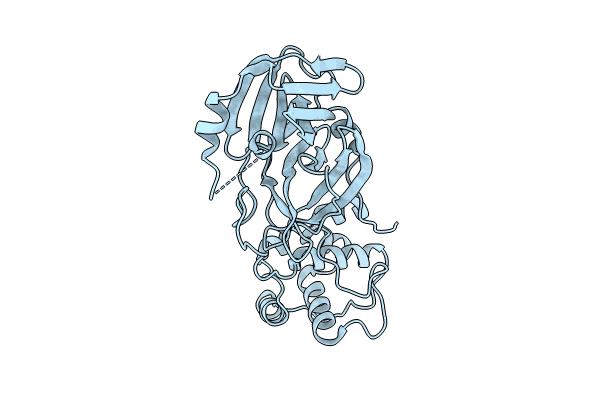
Deposition Date
2023-07-25
Release Date
2024-06-05
Last Version Date
2024-06-05
Entry Detail
Biological Source:
Source Organism:
Host Organism:
Method Details:
Experimental Method:
Resolution:
1.50 Å
R-Value Free:
0.20
R-Value Work:
0.19
R-Value Observed:
0.19
Space Group:
I 1 2 1


